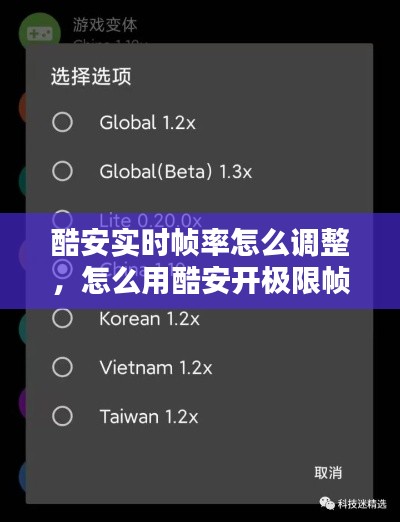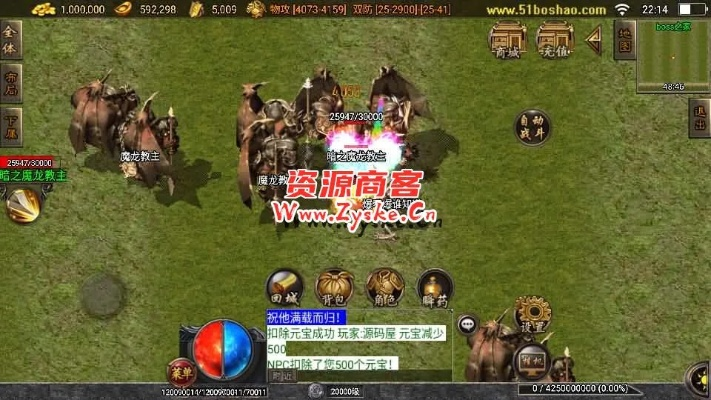<!DOCTYPE html>
<html lang="en">
<head>
<meta charset="UTF-8">
<meta name="viewport" content="width=device-width, initial-scale=1.0">
<title>Fluctuating Prices</title>
</head>
<body>
<h1>Fluctuating Prices: Understanding the Dynamics of Market Variables</h1>
<h2>Introduction to Price Fluctuations</h2>
<p>
In the dynamic world of economics, one of the most prevalent and impactful phenomena is the fluctuation of prices. Prices are the lifeblood of markets, serving as a crucial indicator of supply and demand dynamics. Understanding how and why prices change is essential for consumers, businesses, and policymakers alike. This article delves into the factors that contribute to price fluctuations and their implications on various aspects of the economy.
</p>
<h2>Market Demand and Supply</h2>
<p>
The fundamental drivers of price fluctuations are market demand and supply. When demand for a product or service increases, while supply remains constant, prices tend to rise. Conversely, if supply increases while demand decreases, prices often fall. This interplay between demand and supply is a cornerstone of economic theory, as described by the law of demand and the law of supply.
</p>
<p>
For instance, during the holiday season, the demand for electronic gadgets typically spikes, leading to higher prices. On the other hand, agricultural products like corn or wheat may experience price declines if there is a surplus in the market due to favorable weather conditions that have led to higher crop yields.
</p>
<h2>Cost of Production</h2>
<p>
The cost of production is another significant factor influencing price fluctuations. If the cost of raw materials or labor increases, businesses may pass these costs onto consumers by raising prices. Conversely, if production costs decrease, prices may fall, as businesses seek to maintain profitability or gain a competitive edge.
</p>
<p>
Global events such as trade disputes or geopolitical tensions can also impact the cost of production. For example, tariffs imposed by governments can increase the cost of imported goods, leading to higher prices for consumers.
</p>
<h2>Market Competition</h2>
<p>
Competition within a market can also lead to price fluctuations. In a highly competitive environment, businesses may engage in price wars, driving down prices to gain market share. Conversely, in markets with fewer competitors, prices may be higher due to less pressure to discount.
</p>
<p>
The entry of new firms into an established market can also disrupt pricing. New entrants often try to attract customers by offering lower prices, which can lead to a downward spiral of prices as existing competitors respond with their own discounts.
</p>
<h2>Economic Policies and Regulations</h2>
<p>
Government policies and regulations can significantly influence price fluctuations. For example, the central bank's decision to raise or lower interest rates can affect borrowing costs for businesses, which in turn can influence prices. Similarly, regulations that limit the production of certain goods can lead to shortages and higher prices.
</p>
<p>
In some cases, governments may intervene directly in the market to control prices. This can happen during times of crisis, such as natural disasters or pandemics, when prices of essential goods may skyrocket due to increased demand and reduced supply.
</p>
<h2>Global Factors</h2>
<p>
In the globalized economy, price fluctuations are not confined to local markets. Events in one part of the world can have ripple effects on prices worldwide. For instance, changes in the value of the US dollar can impact the prices of imported goods, as can fluctuations in global commodity prices.
</p>
<p>
The COVID-19 pandemic is a prime example of how global events can lead to significant price fluctuations. Lockdowns and supply chain disruptions led to shortages of goods, driving up prices for everything from toilet paper to medical supplies.
</p>
<h2>Conclusion</h2>
<p>
The fluctuating nature of prices is a complex and multifaceted aspect of the global economy. Understanding the various factors that contribute to price changes is crucial for anyone looking to navigate the economic landscape successfully. Whether it's the interaction of supply and demand, the cost of production, market competition, government policies, or global events, all these elements play a role in shaping the prices we see every day. By being aware of these dynamics, individuals and businesses can better anticipate market changes and make informed decisions.
</p>
</body>
</html>转载请注明来自青州金山泉水处理设备有限公司,本文标题:《价格不断变化英文翻译,价格不变用英语怎么说 》
百度分享代码,如果开启HTTPS请参考李洋个人博客














 鲁ICP备18013447号-2
鲁ICP备18013447号-2
还没有评论,来说两句吧...